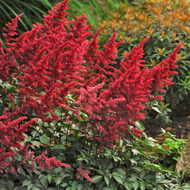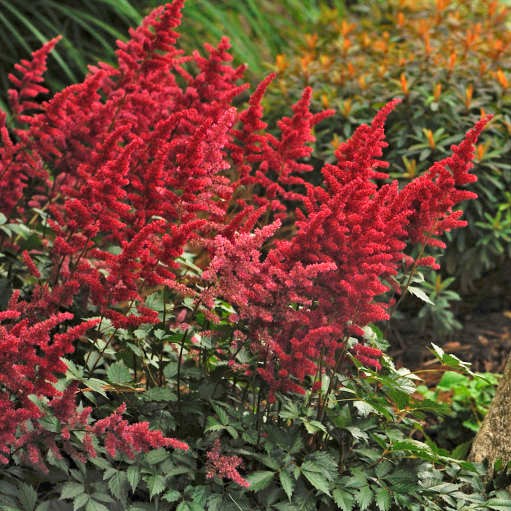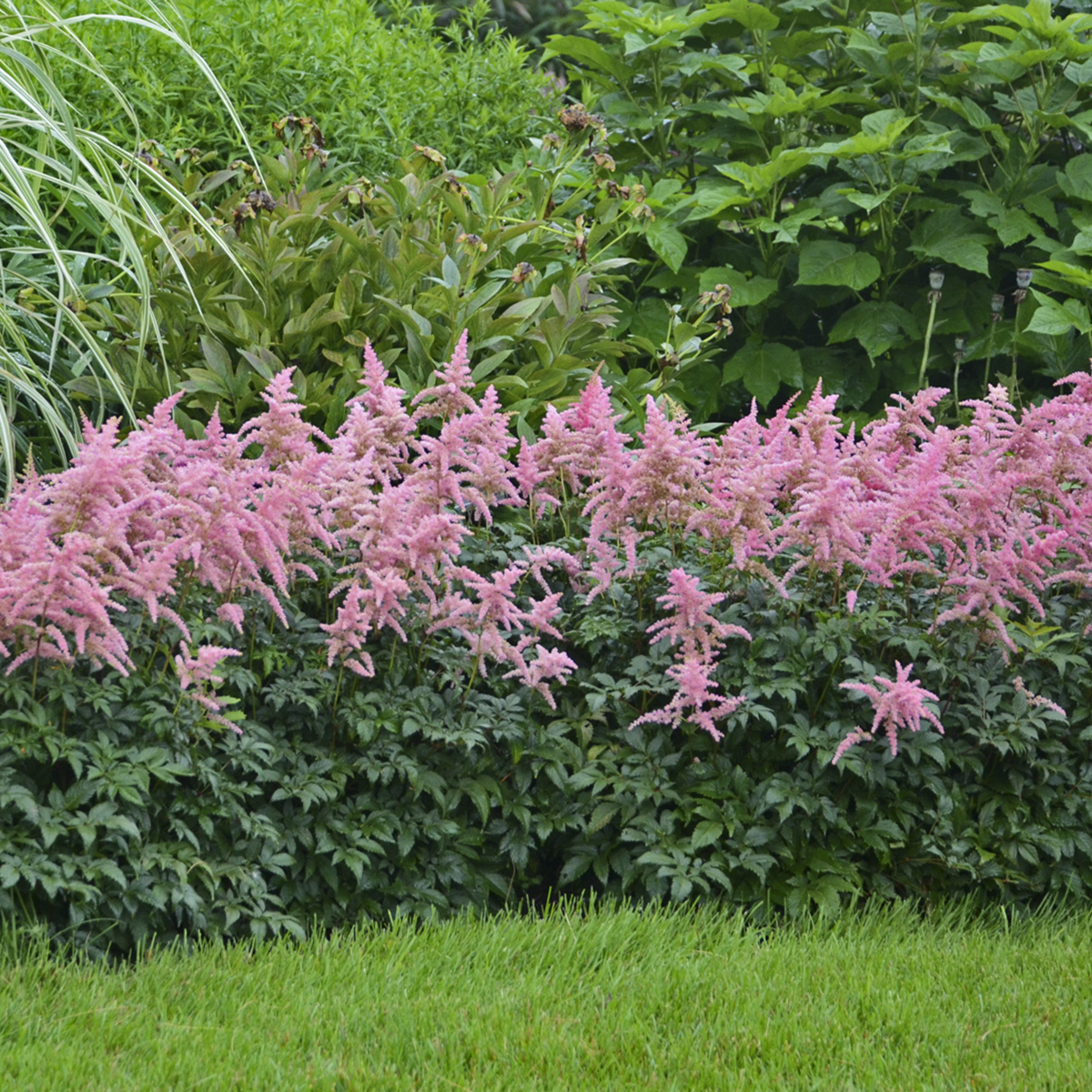Astilbe: A Burst of Summer Color That Thrives in the Heat
Jun 27, 2025
Astilbe: A Burst of Summer Color That Thrives in the Heat
When summer sets in across the garden, many flowering perennials begin to fade under the stress of intense heat. But Astilbe stands out as a resilient, colorful, and dependable choice that brings bright blooms and lush foliage to shaded and semi-shaded landscapes throughout the hottest months. These feathery-flowered perennials are not only stunning in color but also surprisingly tough and low-maintenance, making them an excellent choice for gardeners seeking easy care and long-lasting beauty.
In this article, we’ll explore what makes Astilbe such a valuable addition to the summer garden—from its ability to tolerate heat, to its graceful appearance and minimal upkeep. Whether you're a beginner gardener or a seasoned green thumb looking for reliable summer performers, Astilbe is a plant worth buying.
A Splash of Color When You Need It Most
Astilbes are best known for their plumes of fluffy, upright flowers that appear in early to late summer, depending on the variety. Their colors range from white and pale pink to rich magenta, lavender, peach, and ruby red, adding soft, romantic hues to shady garden corners and borders.
While many traditional shade plants focus on foliage, Astilbe delivers the rare gift of flowering color in low-light spots. These blooms last for weeks, and even after flowering, the seed heads maintain visual interest well into autumn. In other words, Astilbe offers more than just a quick show—it’s a true performer through the season.
Popular varieties include:
-
‘Bridal Veil’ – elegant white plumes and classic woodland appeal
-
‘Fanal’ – bold red blooms that stand out in any border
-
‘Peach Blossom’ – soft, romantic peach-pink for cottage gardens
-
‘Amethyst’ – lavender-purple shades perfect for mixing with ferns
-
‘August Light’ – a late-blooming red astilbe deep red for end-of-summer color
Summer Heat Tolerance: Better Than You’d Expect
While Astilbes are often associated with cool, damp woodland settings, many varieties are surprisingly tolerant of summer heat, especially when planted in the right location and given adequate moisture.
Here’s why Astilbes hold up well even during hot Southern summers:
1. Adaptability to Partial Shade
Astilbes prefer part shade to dappled sun, which means they’re protected from the hottest afternoon rays. When planted in morning sun and afternoon shade, they can thrive even in regions where temperatures climb into the 90s.
This makes them ideal for:
-
Woodland gardens
-
North or east-facing garden beds
-
Shade borders along fences or walls
-
Moist areas around water features or creeks
2. Moisture-Loving Roots
Astilbes have a natural preference for consistently moist soil, which helps them stay lush and vibrant even when temperatures rise. As long as they are well-mulched and watered regularly, they will tolerate summer heat much better than many flowering perennials.
In fact, Astilbes can serve as indicators for when your garden is getting too dry. If you see their foliage starting to droop, it’s a signal the soil needs moisture.
3. Mulching Helps Beat the Heat
A layer of organic mulch—such as shredded bark, compost, or pine straw—will insulate the roots, preserve soil moisture, and prevent weeds from competing for water. This simple trick helps Astilbes remain vibrant all summer long.
Easy-Care Nature: Perfect for Busy Gardeners
One of the biggest reasons Astilbes are so beloved is because they are incredibly easy to maintain. They require no deadheading, very little fertilization, and will return reliably year after year when planted correctly.
Low-Maintenance Growing Tips:
-
Soil: Moist, rich, and well-draining. Amend with compost if needed.
-
Light: Morning sun or filtered shade is ideal. Full shade is okay but may reduce bloom output.
-
Water: Keep evenly moist, especially in hot weather. Avoid letting the soil completely dry out.
-
Fertilizer: A spring application of balanced, slow-release fertilizer is typically sufficient.
-
Pruning: After blooming, you can either let the seed heads stand for winter interest or cut them back for a tidy appearance.
In fall, the foliage will die back, and you can cut the plant down to a few inches above the ground. It will regrow in spring.
Astilbes are also deer-resistant and rabbit-resistant, which adds to their value for gardeners dealing with wildlife. And once they’re established, they rarely suffer from pests or disease.
A Versatile Landscape Performer
Astilbes work beautifully in a wide variety of garden settings. Their finely divided, fern-like foliage adds elegance to mixed borders, and their vertical blooms offer a striking contrast against hostas, ferns, heucheras, and other shade lovers.
Here are some ways to use Astilbe in your landscape:
-
Borders and Edging: Shorter varieties like ‘Sprite’ or ‘Perkeo’ make excellent front-of-the-border plants.
-
Mass Plantings: A drift of Astilbe in a single color makes a bold and unified statement.
-
Mixed Perennial Beds: Combine with other perennials for continuous color and texture.
-
Moist Areas: Perfect for the edges of ponds, rain gardens, or swales where the soil stays damp.
-
Cut Flowers: Fresh Astilbe blooms are stunning in floral arrangements, and they also dry well for use in dried bouquets.
Why You Should Buy Astilbe
If you're looking for a hardy, colorful, and dependable plant, Astilbe is a must-have. Here's why it belongs in every summer garden:
-
Provides long-lasting summer color, even in the shade
-
Handles summer heat well with proper care
-
Low-maintenance and beginner-friendly
-
Pollinator-friendly and deer-resistant
-
Excellent for landscape design versatility
Whether you're designing a peaceful woodland retreat or adding splashes of color beneath mature trees, Astilbes are reliable, attractive, and easy to love.
Final Thoughts
Astilbes may be soft in appearance, but they’re tough where it counts. With their elegant plumes, lush foliage, and strong performance in summer heat, they are the perfect combination of beauty and resilience. They add romantic charm to the garden and require very little in return.
If you're building out your perennial collection or simply looking for something that will thrive through long Southern summers, Astilbe is a smart investment. Buy once, enjoy for years—and let the shade bloom bright.

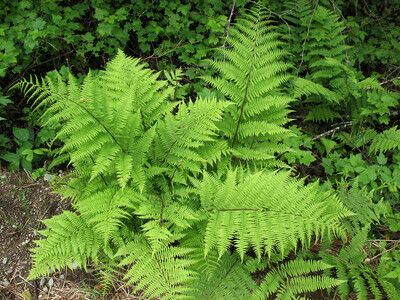 Native Ferns
Native Ferns
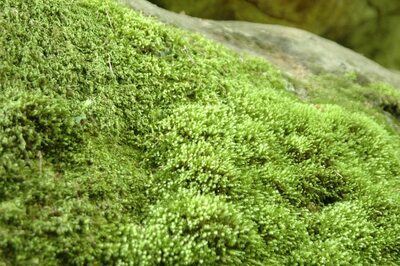 Native Mosses
Native Mosses
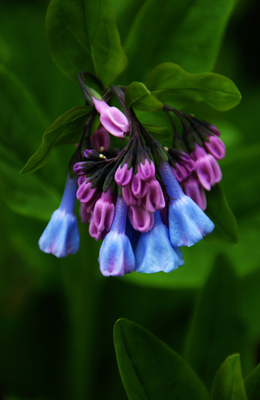 Native Perennials
Native Perennials
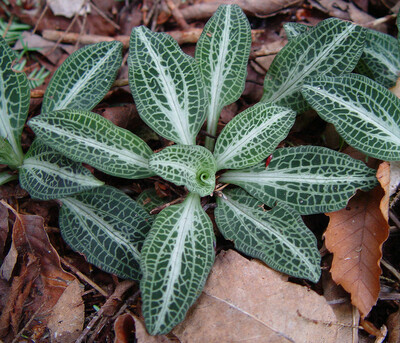 Native Ground Covers
Native Ground Covers
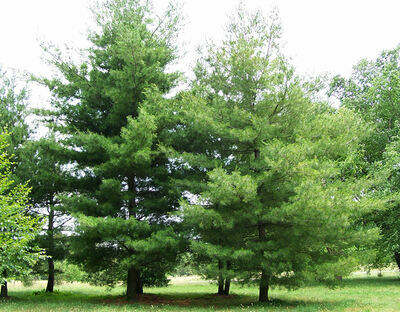 Native Trees
Native Trees
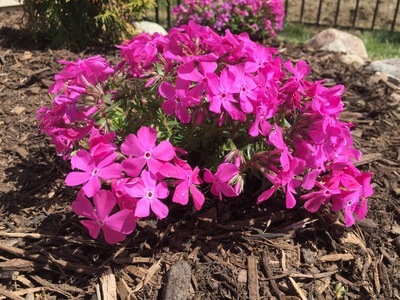 Shop By Zone
Shop By Zone
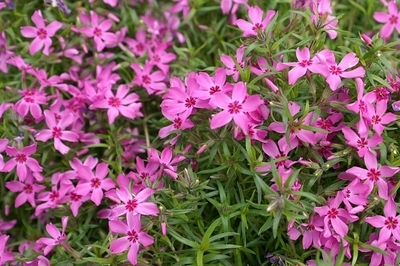 Flowering Groundcovers
Flowering Groundcovers
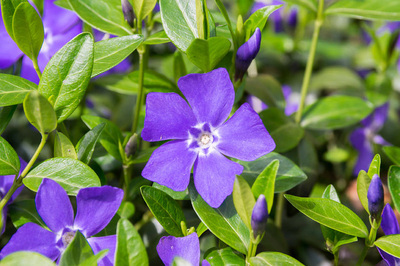 Evergreen Groundcovers
Evergreen Groundcovers
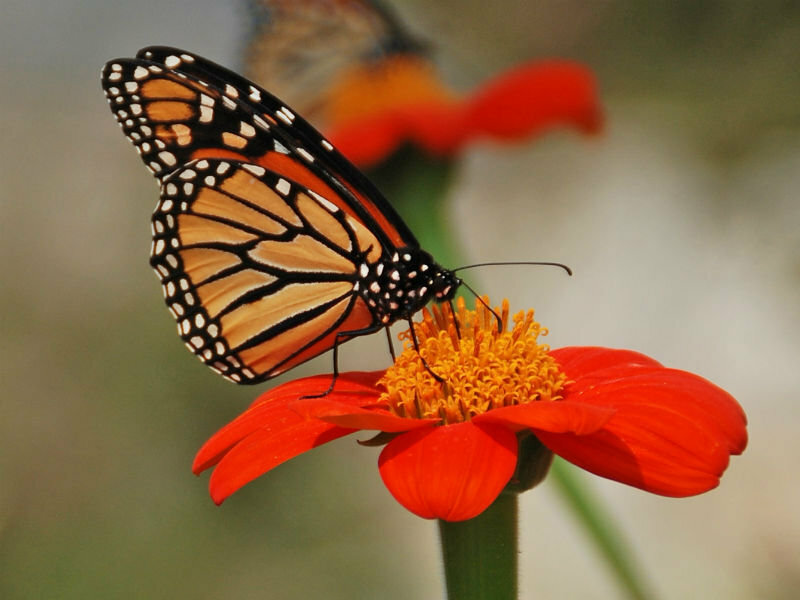 Pollinators
Pollinators
 Shop Bloom Color
Shop Bloom Color
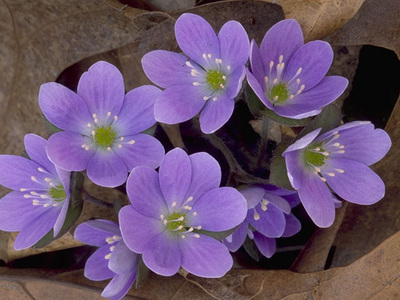 Perennials By Zone
Perennials By Zone
 Medicinal Herb Plants
Medicinal Herb Plants
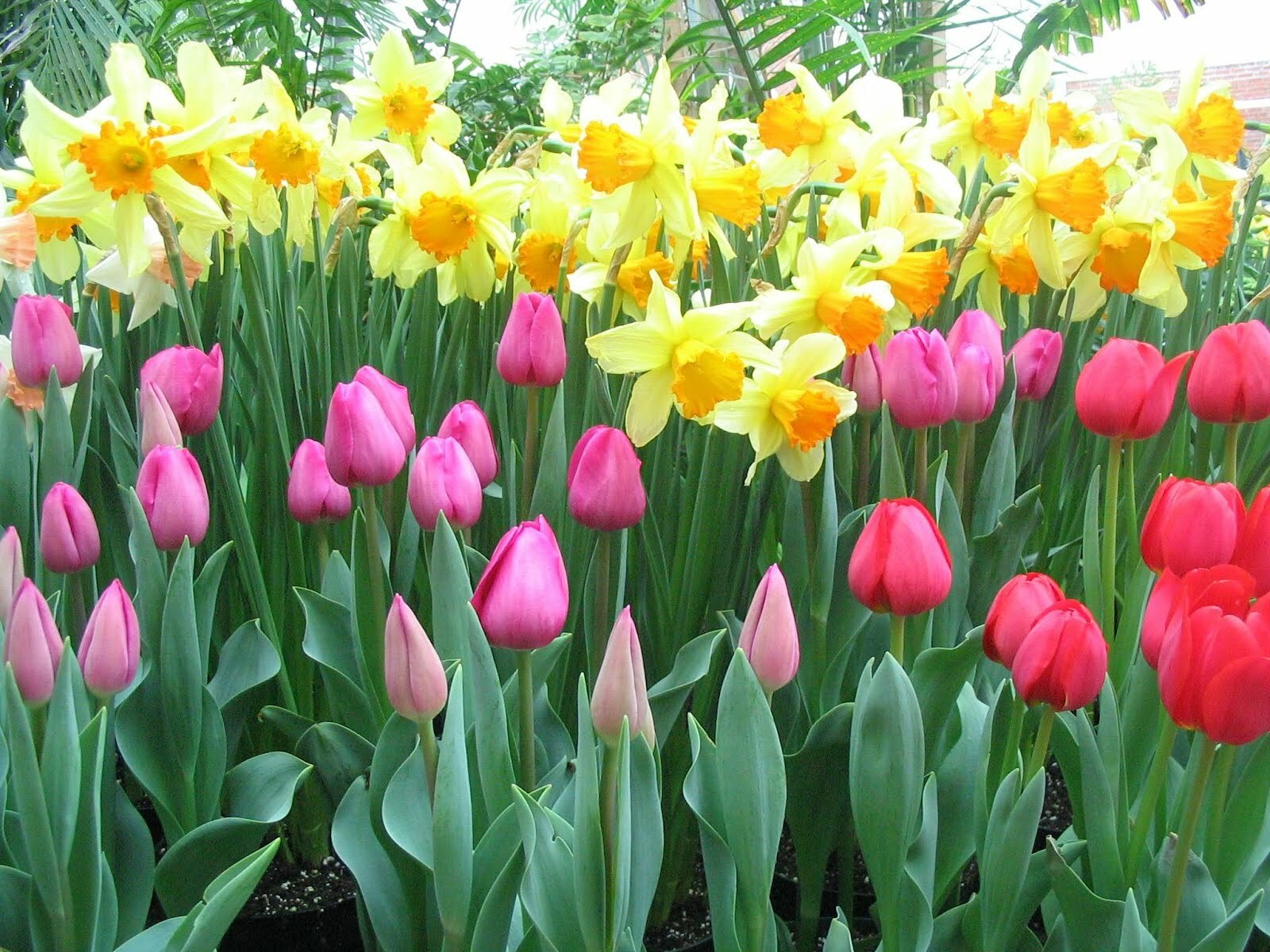 Spring Bulbs
Spring Bulbs
 Trillium
Trillium
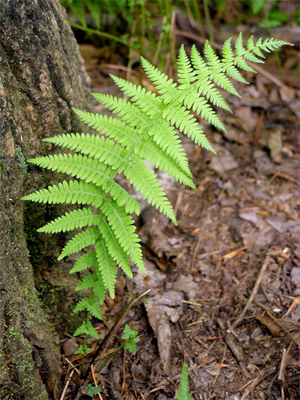 Ferns for Zone 3
Ferns for Zone 3
 Ferns for Zone 4
Ferns for Zone 4
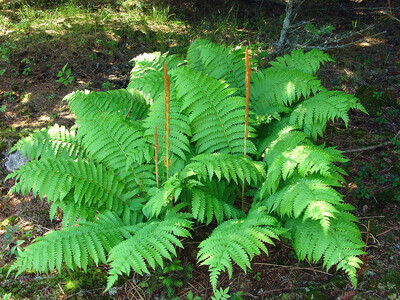 Ferns for Zone 5
Ferns for Zone 5
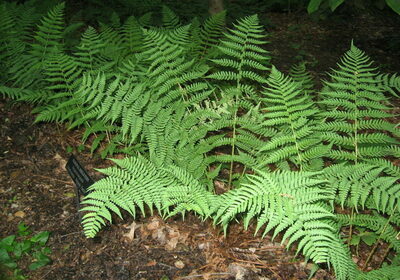 Ferns for Zone 6
Ferns for Zone 6
 Ferns for Zone 7
Ferns for Zone 7
 Ferns for Zone 8
Ferns for Zone 8
 Christmas bows
Christmas bows
 Fresh Wreaths
Fresh Wreaths
 Garlands
Garlands
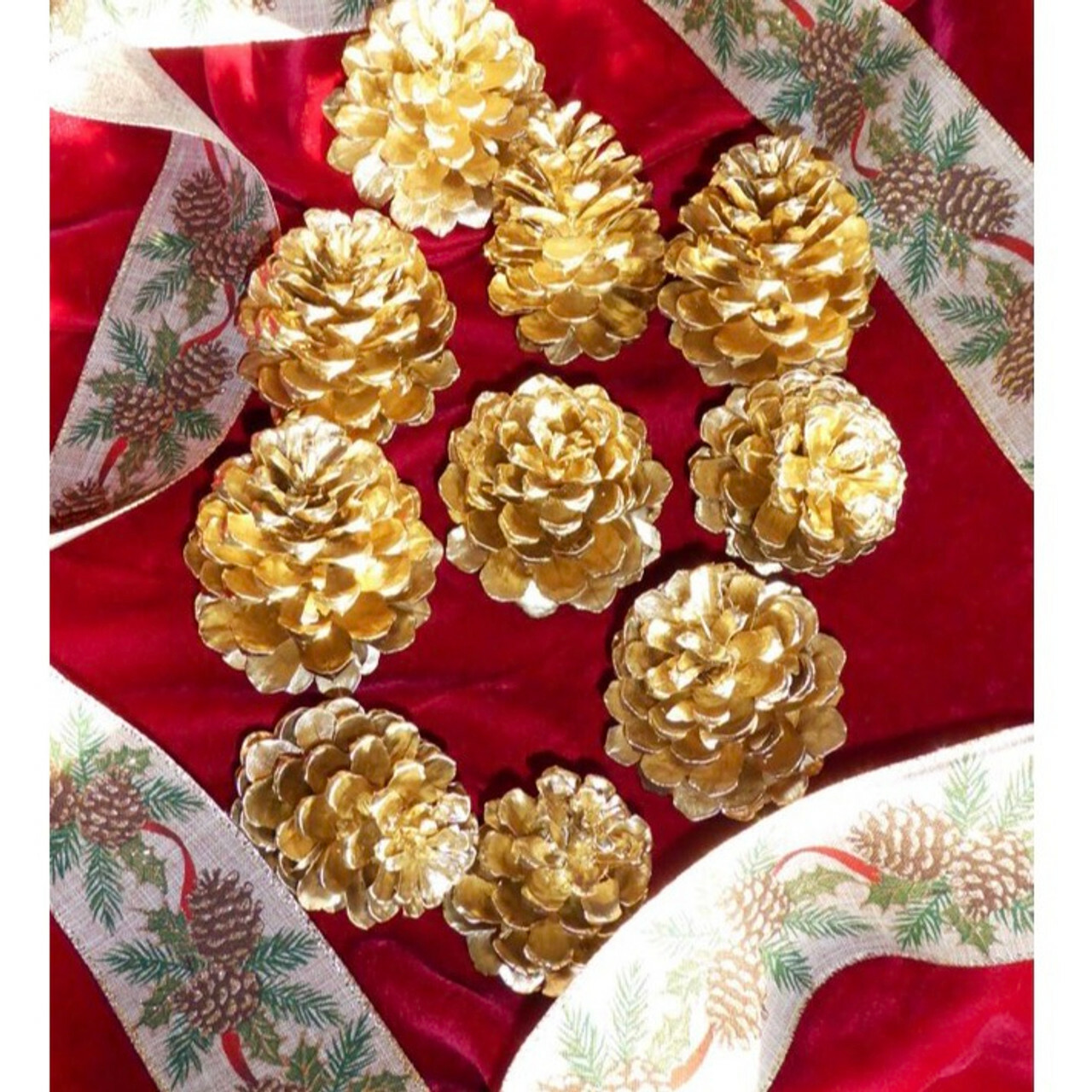 Large Pine Cones
Large Pine Cones
 Live Mistletoe
Live Mistletoe
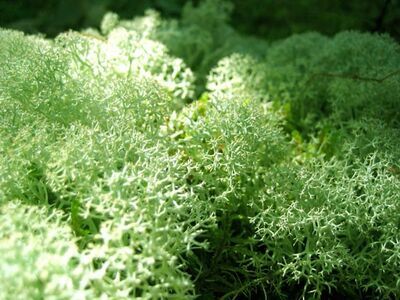 Moss
Moss
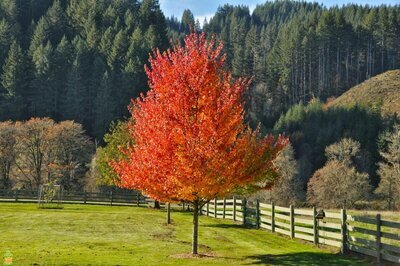 Shop Trees By Zone
Shop Trees By Zone
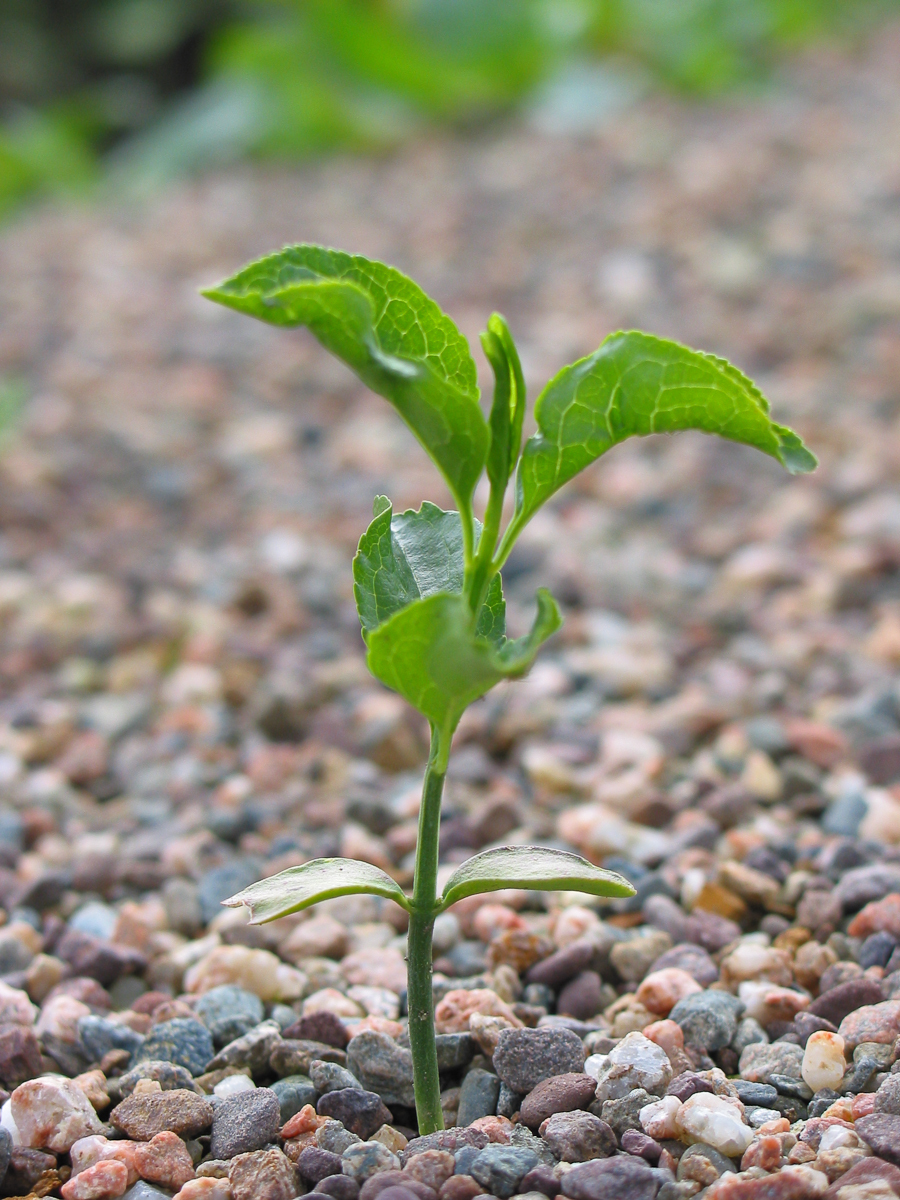 Tree Seedlings
Tree Seedlings
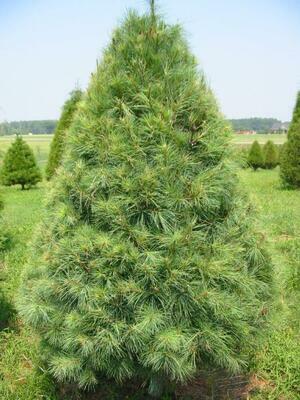 Fast Growing Trees
Fast Growing Trees
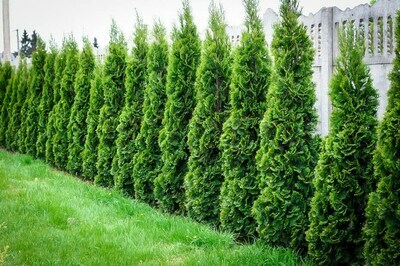 Pine Trees
Pine Trees
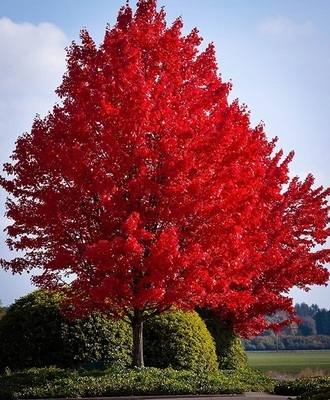 Live Stakes
Live Stakes
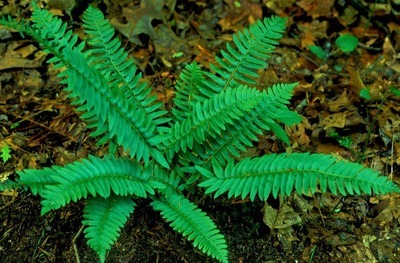 Evergreens
Evergreens
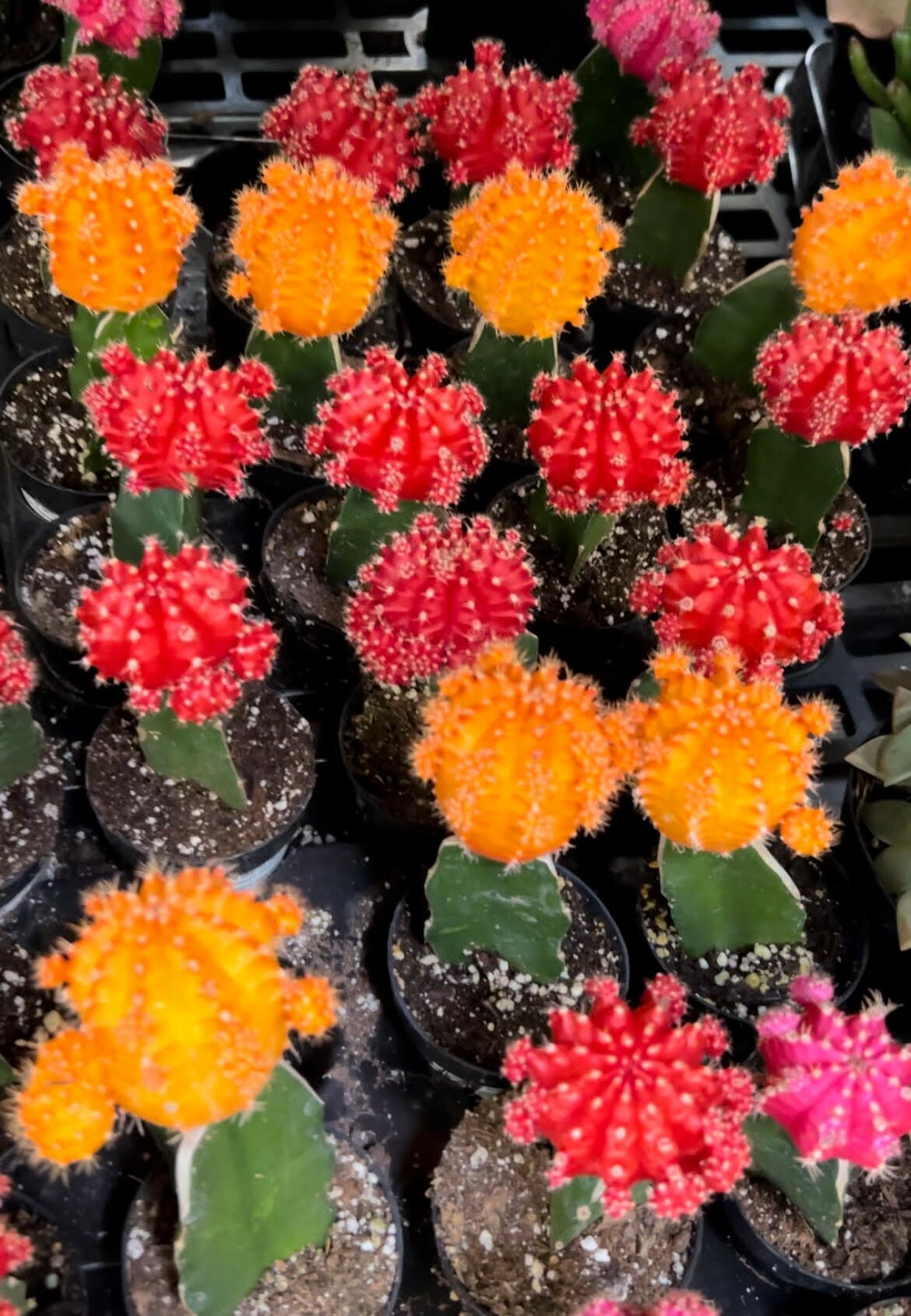 Cactus
Cactus
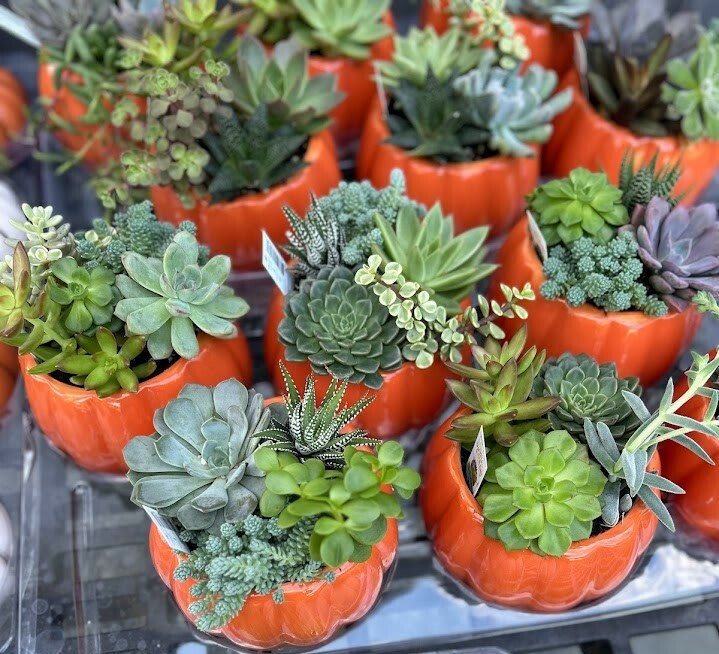 Combos
Combos
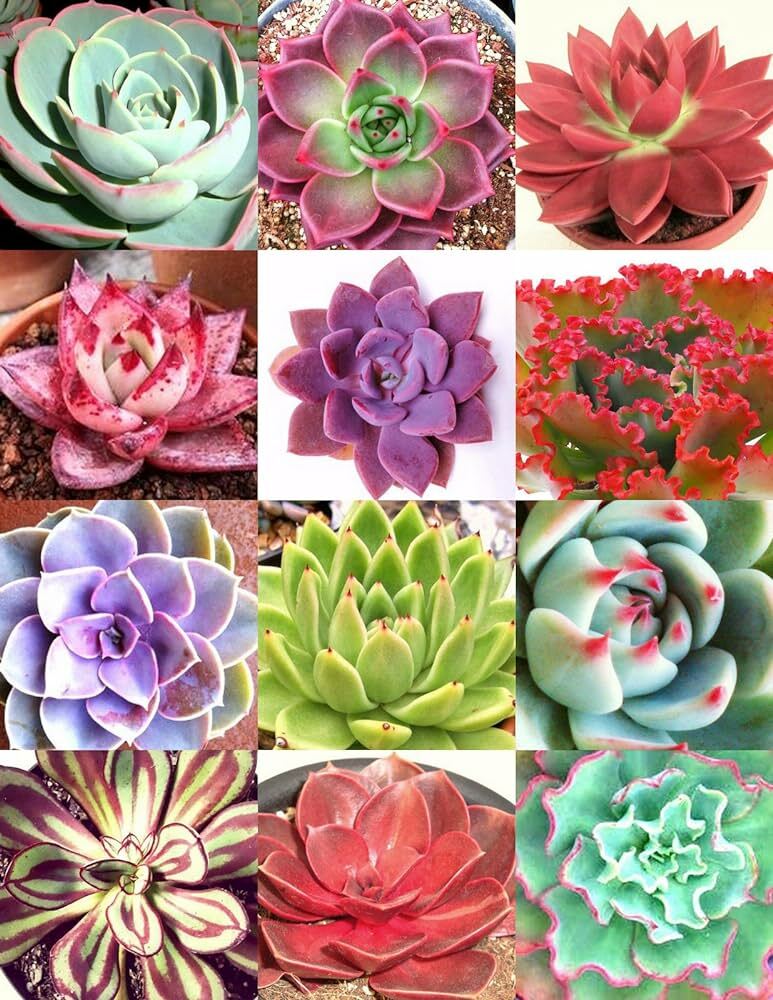 Echeveria
Echeveria
 Haworthia
Haworthia
 Sedum - Stonecrop
Sedum - Stonecrop
